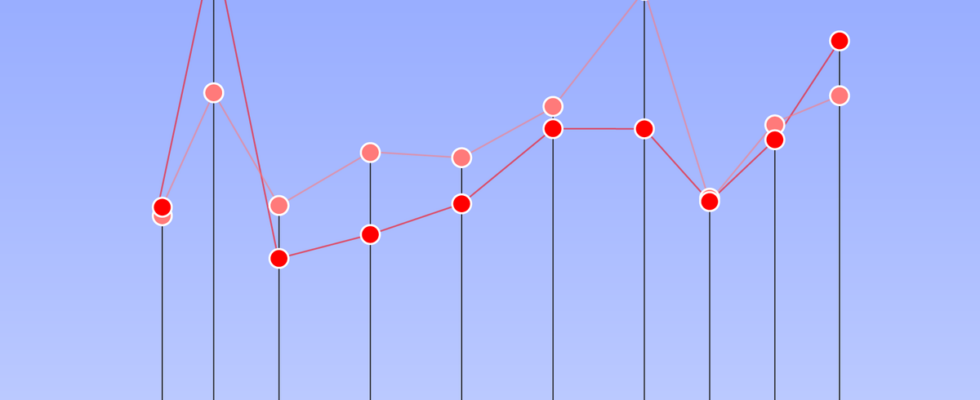If the presidential election is the queen election of French democracy, it also suffers from a slow increase in abstention over the years. The 1974 election marks the record for the lowest abstention in the second round: the opposition between Valéry Giscard d’Estaing and François Mitterrand corresponded to an important choice of society and the exit from Gaullism.
The strongest abstention in the first round was recorded in 2002 when voters were waiting to move to decide between Lionel Jospin and Jacques Chirac in the second round. This demobilization had benefited Jean-Marie Le Pen who had qualified at the expense of the socialist.
At the time, the rebound in the second round to block the far right was substantial. Conversely, in 2017, despite the qualification of Marine Le Pen, abstention in the second round was particularly strong.
In 2007, the trauma of 2002 and, perhaps, the prospect of having for the first time a President or a President of the Republic with full hair, particularly mobilized during the second round between Ségolène Royal and Nicolas Sarkozy. An isolated accident for a curve of abstention in the second round which has continued to progress since 1974.
In the neighboring countries, where parliamentarianism is more marked than in France, there is no election as personified as the presidential election. Abstention generally reaches an even higher level there than in France.
